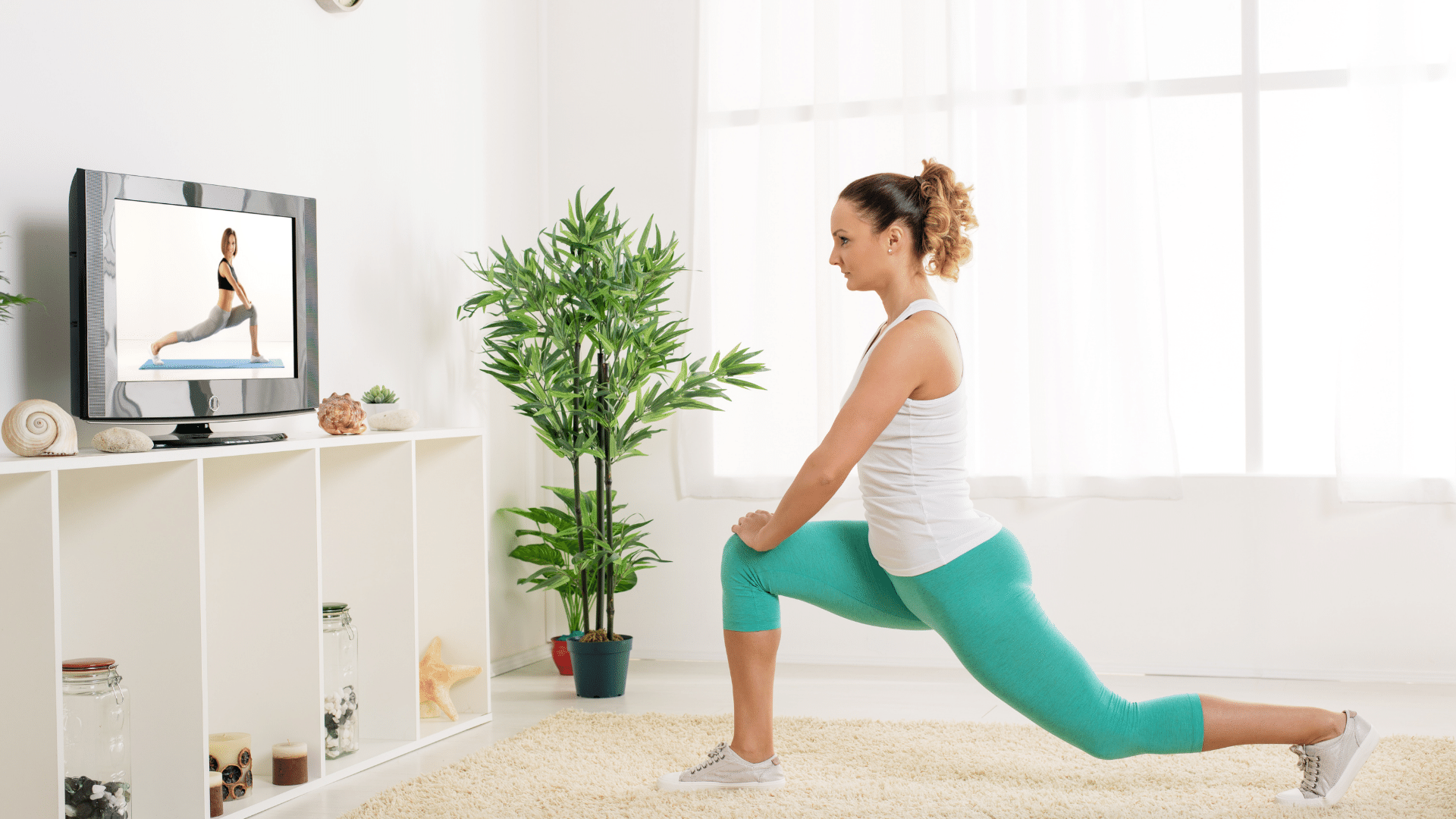The pursuit of a healthy and more physically active lifestyle is a goal shared by many. Regular exercise is a cornerstone of this journey, but the question of how often one should work out per week often lingers in the minds of fitness enthusiasts. The answer to this question is not one-size-fits-all and depends on various factors, including individual goals, fitness levels, and available time. Today, we will delve into the considerations that can help you determine the ideal workout frequency for your needs, health benefits, and lifestyle.
Understanding your goals
Before establishing a workout frequency, it's essential to have clear fitness goals in mind. Your objectives will significantly influence how often you should exercise. Here are a few common goals and their recommended workout frequencies:
General Health and Well-Being
If your primary goal is to maintain good health, reduce the risk of chronic diseases, and improve overall health and well-being, a minimum of 3-5 days of exercise per week is recommended. This can include a mix of cardiovascular activities, aerobic activities like walking or jogging, and strength-training exercises.
Weight Loss
For individuals aiming for more calories to shed excess pounds, a more frequent workout routine may be necessary. Experts often recommend 5–6 days of vigorous-intensity, moderate exercise per week, combining cardiovascular workouts with strength training to help increase calorie expenditure and build lean muscle mass.
Muscle Gain
If your goal is to lose weight, build muscle mass, and increase strength, a focused resistance training program is essential. Many individuals opt for 3–4 days of strength training per week, allowing muscles time to recover and grow between sessions.
Endurance and Performance
Athletes and those preparing for endurance events like marathons or triathlons typically train more frequently, ranging from 4-6 days a week. This includes a combination of endurance, cardio, and strength training, as well as skill-specific workouts.
Flexibility and Mobility
If you aim to improve flexibility and mobility or you prefer low-impact activities like yoga or Pilates, 2-3 days per week may be just enough exercise. These practices often emphasize quality over quantity.
Assessing your fitness level
Another critical factor in determining your ideal workout frequency and vigorous intensity is your current fitness level. Beginners should start slowly to avoid overexertion and reduce the risk of injury. As you progress, you can gradually increase the frequency and intensity of your workouts.
Beginners
If you're new to exercise, it's advisable to start with 2-3 days of moderate-intensity workouts per week. This allows your body to adapt to the new demands of moderate-intensity physical activity without overwhelming it.
Intermediate
Those who have been exercising regularly for several months can consider moving to 4-5 days a week of vigorous activity. This increased frequency of cardio exercise can help accelerate progress in losing weight and improve overall fitness.
Advanced
Experienced individuals with a solid fitness foundation can work out for 5-7 days of moderate-intensity a week, depending on their goals. However, it's crucial to incorporate adequate rest and recovery days into the routine to prevent burnout and overtraining.
Balancing workouts with recovery
While working out is essential for achieving your fitness goals, it's equally important to prioritize rest and recovery. Overtraining can lead to fatigue, injury, and decreased performance. Here are some guidelines for balancing workouts with recovery:
Rest Days
Regardless of your fitness level, it's crucial to include 1-2 rest days per week in your weekly exercise routine. These days, allow your muscles to recover, repair, and grow stronger.
Active Recovery:
On rest days, consider light activities like brisk walking around, stretching, or yoga to promote blood flow, burn calories, reduce muscle soreness, and enhance flexibility.
Sleep
Quality sleep is essential for recovery. Aim for 7-9 hours of uninterrupted sleep each night to support your body's healing processes.
Nutrition
Proper nutrition plays a vital role in muscle growth and recovery. Consume a balanced diet rich in nutrients, including protein, to aid in muscle repair.
Listening to your body
One of the most crucial aspects of determining your ideal workout frequency is listening to your body. Everyone's body responds differently to exercise, and factors like age, stress levels, and daily activities can impact your recovery and workout tolerance.
Pay attention to the following signs
Soreness
Some muscle soreness after a workout or physical activity is normal, but excessive or prolonged soreness may indicate overtraining.
Fatigue
Feeling constantly fatigued or experiencing a decline in performance may signal the need for more rest.
Mood and Energy
If your cardio workouts consistently leave you feeling drained and affect your mood and energy levels negatively, it might be time to reassess your workout frequency and intensity.
Injuries
Frequent injuries or nagging pains may indicate that you're not allowing your body enough time to recover between workouts.
Adjusting your workout frequency
Your ideal workout frequency is not set in stone and may change over time due to various factors. As you progress in your fitness journey and lose weight further, you may need to adjust your workout frequency to continue making gains and prevent plateaus. Here's how to adapt your routine:
Progressive Overload
To keep making progress, gradually increase the intensity, duration, or frequency of your workouts. This prevents your body's multiple muscles from adapting to the more vigorous-intensity activity or exercise routine and plateauing.
Periodization
Incorporate periodization into your training plan by alternating cardiovascular training between phases of high and low intensity. This helps prevent burnout and promotes continuous improvement of muscle strength.
Listen to Your Body
If you notice signs of overtraining or excessive fatigue, be willing to scale back and allow more time for recovery.
Consult a Professional
If you're unsure about the ideal workout frequency for your weight loss goals or need guidance on adjusting your cardiovascular exercise routine, consider consulting a certified fitness professional, personal trainer, or exercise physiologist.
Sample Workout Schedules
To give you a better idea of how to structure your workout schedule, here are three sample workout plans for different goals:
Weight Loss:
Monday: Cardio (running or cycling)
Tuesday: Strength training (full-body)
Wednesday: Rest or light yoga
Thursday: Cardiovascular
Friday: Strength training (focus on different major muscle groups)
Saturday: Rest or active recovery
Sunday: Rest
Muscle Building:
Monday: Upper body strength, full body weight, training exercises
Tuesday: Lower body: strength training sessions
Wednesday: Rest or light yoga
Thursday: Upper body strength training
Friday: Lower body strength training
Saturday: Rest or active recovery (e.g., after swimming laps)
Sunday: Rest day
General Health and Well-Being:
Monday: Brisk walk or light jog
Tuesday: Yoga or stretching
Wednesday: Rest or leisurely bike ride
Thursday: Bodyweight exercises (e.g., push-ups, squats)
Friday: Rest or light yoga
Saturday: Swimming or another favorite activity
Sunday: Rest
Remember that these are just examples, and you should customize your workout schedule to fit your goals, preferences, and individual factors.
The frequency of your workouts should align with your goals, fitness level, and ability to prioritize recovery. There is no one-size-fits-all answer to the question of how many times you should work out per week or how many times a week you should work out. Instead, it's essential to create a personalized plan that evolves with your progress and takes into account your body's signals. By striking the right balance between exercise and recovery, you can achieve your fitness goals while maintaining good health and well-being. Remember, consistency and patience are key on the path to a healthier, more active life.
For more information on Vista Residences, email [email protected], follow @VistaResidencesOfficial on Facebook, Twitter, Instagram, and YouTube, or call the Marketing Office at 0999 886 4262 / 0917 582 5167.




